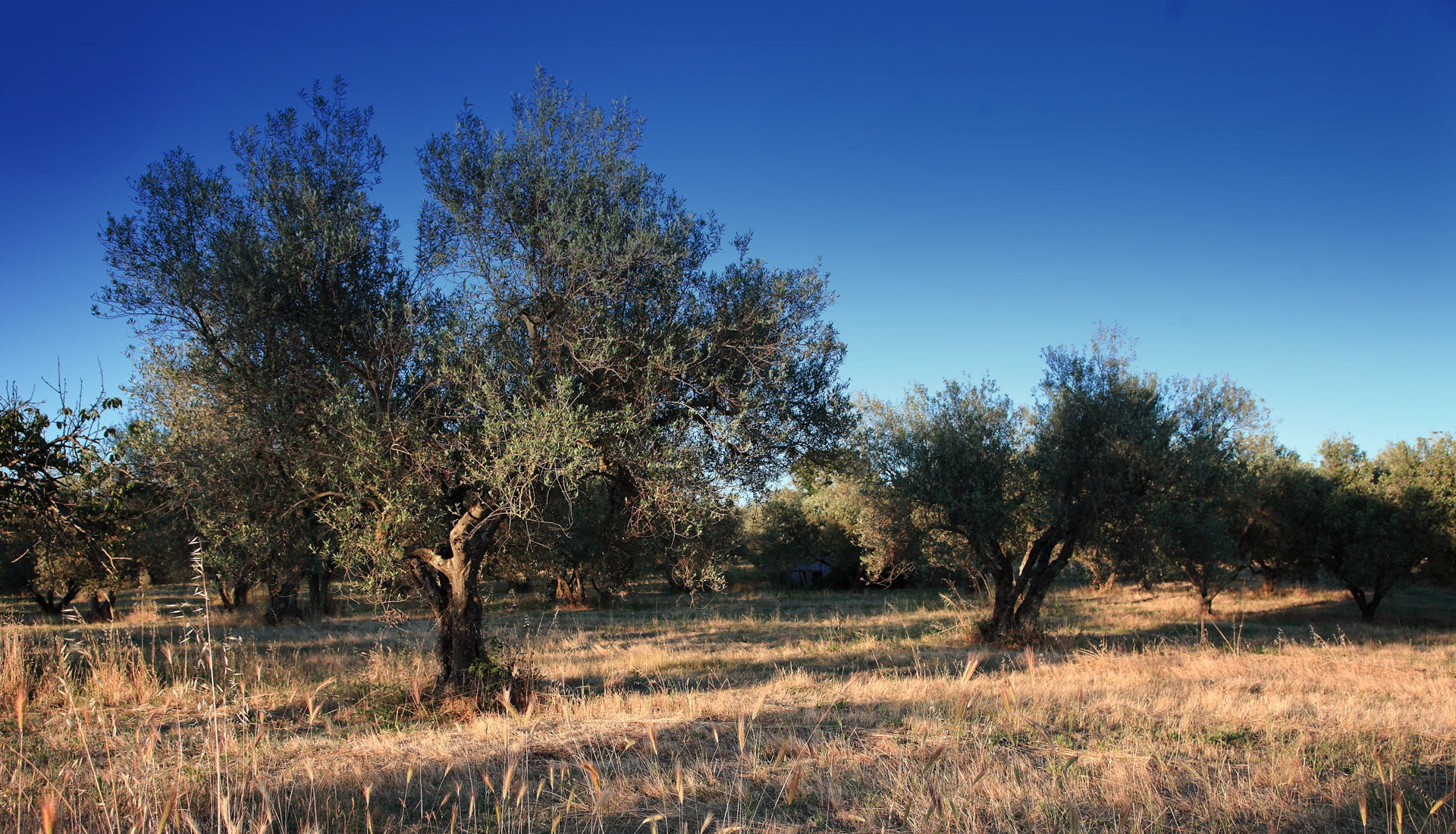
Types of olive trees: how to recognize the different types
The olive tree (Olea europaea) is a thousand-year-old plant, a symbol of the Mediterranean, and the source of precious olive oil. There are hundreds of varieties of olive trees, each with its unique characteristics. This article explores some of the main varieties and offers tips on how to recognize them.
1. General characteristics of the olive tree
Before diving into specific varieties, it is essential to understand the general characteristics of olive trees:
- Leaves: These are usually lanceolate, dark green on top and lighter or silvery on the underside.
- Fruit: Olive trees produce drupes, commonly known as olives, which vary in size, shape and color.
- Bark: The bark of the olive tree is rough and gray in color, becoming darker and grooved with age.
2. Main varieties and how to recognize them
Canino (Italy)
- Leaves: Elliptical, with a light green color on top and a silvery hue on the underside.
- Fruits: Medium-sized, slightly elongated, green in color tending to purplish when ripe.
- Distinguishing characteristics: Canino is particularly appreciated for its oil with a delicate, slightly fruity flavor, with notes of almond and artichoke. This variety is particularly widespread in Lazio.
Special note: The Canino variety is proudly grown and produced by Visagi Coraggiosi, a company committed to producing high-quality extra virgin and organic olive oil. Attention to detail and passion for olive growing make Visagi Coraggiosi’s oil a distinctive product in the Italian oil scene.
Oil Mill (Italy)
- Leaves: Medium-sized, elliptical in shape and deep green in color.
- Fruits: Medium size, slightly elongated and green in color, turning black when ripe.
- Distinguishing features: This is one of the main Tuscan varieties, highly valued for oil production.
Leccino (Italy)
- Leaves: Thin and elongated, with a slight silvery tinge.
- Fruits: Medium-sized, oval-shaped, and dark green.
- Distinguishing features: Produces an oil with a delicate, slightly fruity flavor.
Arbequina (Spain)
- Leaves: Small and oval-shaped, dark green.
- Fruits: Small, round, and brownish-green when ripe.
- Distinguishing features: This variety is famous for its aromatic and fruity oil.
Picual (Spain)
- Leaves: Lance-shaped and bright green.
- Fruits: Oval in shape and dark green.
- Distinguishing features: This is the most widely grown variety in Spain and produces an oil with an intense, slightly bitter flavor.
Koroneiki (Greece)
- Leaves: Small, elliptical in shape and bright green in color.
- Fruits: Very small, oval-shaped, and dark green.
- Distinguishing features: This Greek variety is known for its rich, fruity oil.
3. Tips for recognizing varieties
- Look at the leaves: The shape, size, and color of the leaves are often the first clues.
- Examine the fruit: The size, shape, and color of the olives can help you identify the variety.
- Geographic location: Many olive trees are specific to certain regions or countries, so knowing where you are located can help you narrow down the possibilities.
Conclusion
Recognizing different olive varieties may seem like a challenge, but with a little practice and observation, it will become easier to distinguish the unique characteristics of each type. Whether you are a gardening enthusiast, an oil producer or simply an olive tree lover, knowing the different varieties will enrich your appreciation for these historic and magnificent trees.

